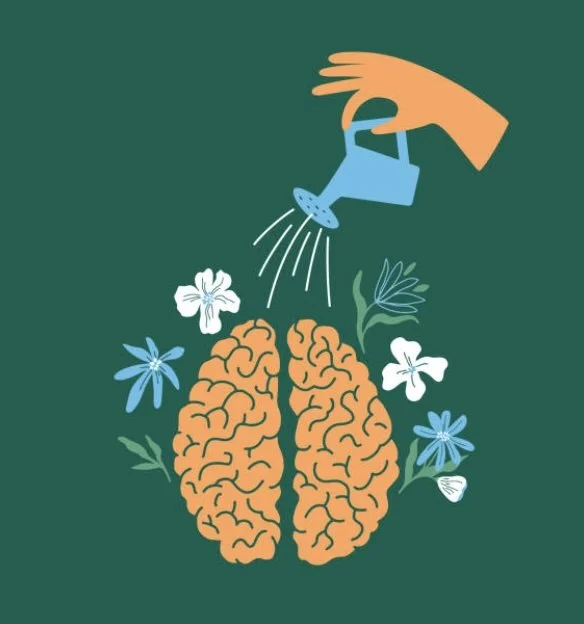Unplug & Reconnect: Time with Yourself
/By Olivia grossklaus, amft
In a world that never stops buzzing, notifications pinging and news cycling, it’s easy to forget what silence feels like. We fill every spare moment with stimulation: music on our commutes, podcasts during workouts, scrolling before sleep. Spending time alone with yourself and your thoughts isn’t just a luxury but a necessity for your mental, emotional, and even creative well-being.
When you're constantly consuming, whether it's news, entertainment, or social media, your brain never really gets a chance to digest. Unplugging allows your mind to settle. In that quiet space, patterns emerge. Problems that felt overwhelming start to make sense. You gain perspective. It's hard to know what you think or feel when you're constantly absorbing the voices of others. Alone time gives you a chance to hear your own. What do you believe? What do you want? What brings you joy, discomfort, or meaning?
This self-awareness isn’t just philosophical. It affects the way you make decisions, how you set boundaries, and what you prioritize. If you’re always tuned into the world, you might not realize when you’ve lost touch with yourself.
We often confuse rest with sleep, but your brain also needs waking rest, or time when it’s not reacting to input. Time when it's just... being. These moments are when creativity often strikes. When seemingly random thoughts connect. When ideas bubble up from deep within. Unplugging gives your brain space to wander, and that's where some of your best insights will come from.
When you spend time alone, you learn to sit with discomfort, boredom, sadness, anxiety, and you realize those feelings don’t have to be escaped immediately. You don’t need to scroll them away or binge-watch them into silence. You begin to trust that you can handle your own emotions, which is the root of real resilience.
Being alone doesn’t have to mean being lonely. In fact, solitude can be deeply nourishing when it's intentional.
Digital life is often reactive: You answer emails, respond to messages, jump from one app to the next. Alone time lets you respond, not just react. It allows you to choose how to move forward instead of getting swept along.
This shift, however small, can make a big difference in how you show up in relationships, work, and life.
Simple Ways to Reconnect with Yourself
● Take a walk without your phone. Listen to the world around you.
● Journal for 10 minutes. No prompts, just let your mind wander.
● Have a tech-free morning or evening once a week. Notice how you feel.
● Practice mindfulness or meditation. Even 5 minutes can ground you.
● Do something analog. Read a book, paint, cook, garden. anything screen-free.
The world will keep spinning. Your inbox will keep filling. Your feeds will never end. But if you want to feel grounded, whole, and in touch with what matters to you, you have to pause and listen inward.
Unplugging isn't about rejecting technology. It's about reclaiming your attention. It's about remembering that you are more than what you consume. And that within you, there’s a quiet, steady presence waiting to be heard.
Spend time with yourself.











